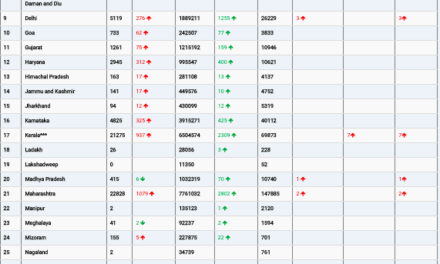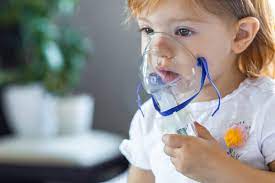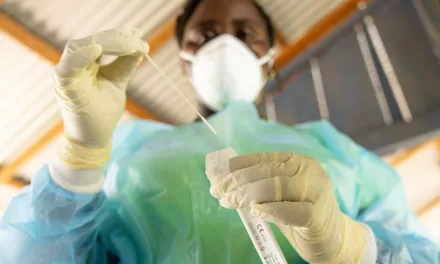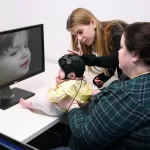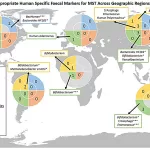2024 – A recent study published in AIDS has revealed that HIV transmission bursts significantly increase the likelihood of future transmission events, with certain demographic groups being at a higher risk of involvement.
Key Findings
Researchers found that lineages involved in transmission bursts contributed to 14.9% of all HIV transmission events between 2017 and 2019. These bursts were nearly three times more likely to lead to future transmissions compared to lineages not involved in bursts.
Adolescents aged 13-19 years were found to be at the highest risk, being 6.27 times more likely to be part of a transmission burst compared to individuals aged 60 and older. Additionally, individuals diagnosed during acute or early HIV infection were 1.40 times more likely to be part of a burst compared to those diagnosed later. Other high-risk groups included gender minorities and individuals reporting male-to-male sexual contact, injection drug use, or both.
Study Methodology
The study, led by Rachael M. Billock, PhD, MSPH, from the Centers for Disease Control and Prevention (CDC), analyzed 101,395 HIV sequences from six geographic regions in the United States. Researchers examined data from individuals diagnosed between 2014 and 2019 and identified transmission bursts—defined as three or more consecutive transmission episodes from a single lineage—occurring between 2015 and 2016. Their impact on future transmission events (2017-2019) was then assessed.
Public Health Implications
Experts stress the importance of early detection and intervention to curb rapid HIV transmission. The findings highlight the necessity of targeted public health responses, particularly for adolescents and gender minorities, to mitigate the spread of the virus.
Study Limitations
The researchers acknowledged potential limitations, including underreporting due to undiagnosed cases and incomplete sequence data. Furthermore, while transmission bursts indicate heightened transmission, they do not fully capture the broader dynamics of HIV outbreaks.
Funding and Disclosures
This study was supported by the CDC, with partial funding from the National Institute of Allergy and Infectious Diseases. One author disclosed receiving funding from both institutions.
Disclaimer: This article is for informational purposes only and does not constitute medical advice. Individuals concerned about HIV risk should consult a healthcare professional.


